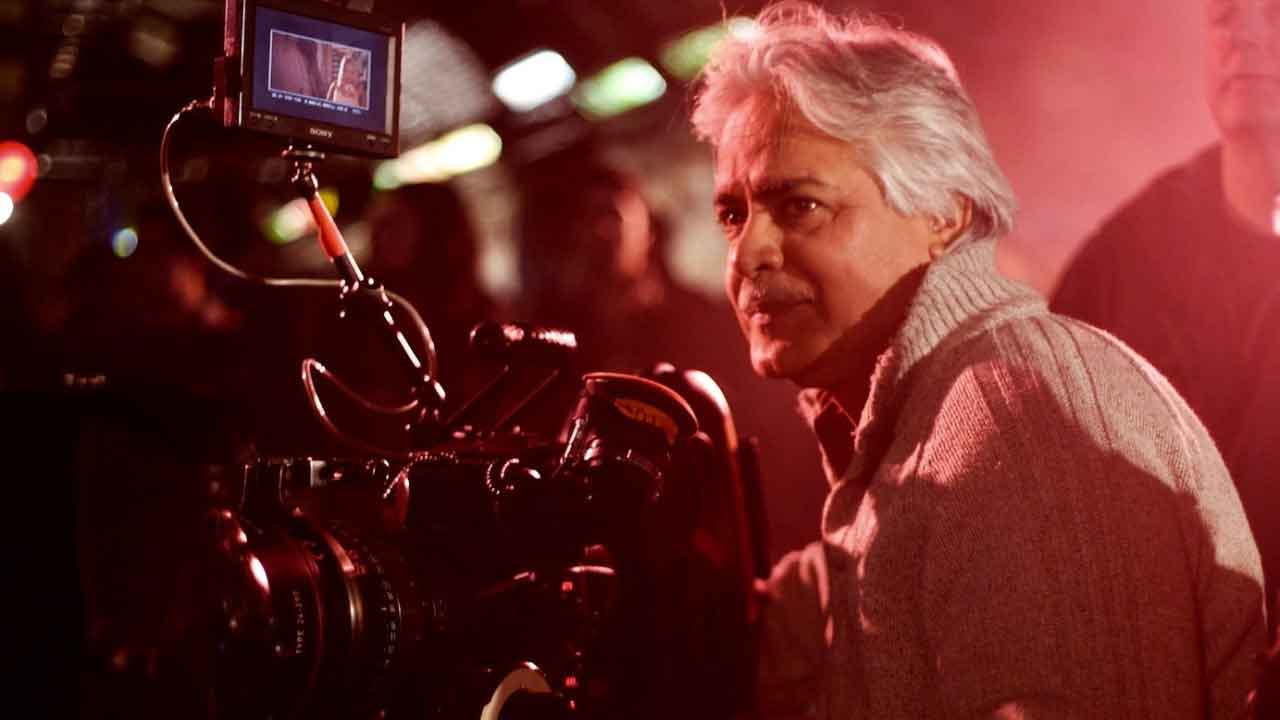Cinematographer Anil Mehta, ‘The incredible thing about working on Veer-Zaara was the way Adi and Yash-ji worked together’
Top cinematographer Anil Mehta, who has collaborated with Yash Chopra on his two timeless romances Veer-Zaara and Jab Tak Hai Jaan, opens up about how Aditya Chopra wrote the story and screenplay for Veer-Zaara as a tribute to his legendary father, Yash Chopra’s style of cinema.
On the 16th anniversary of the blockbuster romance Veer-Zaara, Anil says, “The incredible thing about working on Veer-Zaara was the way Adi and Yash-ji worked together. The fact is that Adi wrote the screenplay and Adi once, in one conversation, I remember telling me that how when he was writing, he was trying to think through Yash Chopra’s mind.”
He adds, “He (Adi) was trying to, you know, see what kind of film Yash Chopra would make. So, that’s giving a lot of credit, I think, to the filmmaker. And coming from his son, it was a fantastic tribute, I thought. You know, to try and write scenes and give this film a spirit of the old soul, was, I think, much to Adi’s credit. Even on set, Adi would be like a big support system for pretty much everything that needed to be done.”
Every film is seen from a different lens and a cinematographer brings life to the written words. About his creative vision for Veer Zaara and Jab Tak Hai Jaan, Anil says, “Veer-Zaara in its language was, you know, quintessentially a classical love story told with that epic speech, and that was the grammar and the language of the film. Whereas with Jab Tak Hai Jaan, I think, with Anushka’s character particularly, was written in a much younger and a more fun way. So, as soon as Anushka’s track comes in Jab Tak Hai Jaan, the way we approach the filming also changes. There was a lot of energy and a lot of movement and we arrived at it through a process of conversations and of course improvising on set.”
Talking about how he loved to creatively collaborate with the iconic Yash Chopra, Anil says, “You know, when you work on a Yash Chopra film, everyone is an equal, and that is a very important quality to have on set. So, whether it was the biggest stars, the really bigtime director on set, when work started, everybody was an equal and everybody contributed in the best way possible and, you know– which actually also brings me to Sharmishta (Roy, art director) because she also contributed to the look of Veer-Zaara in a very big way.”
He adds, “Yash-ji was a natural leader, in the sense that he didn’t have to say something with a, you know, raise voice or anything. It was just that pretty much everybody would be very closely listening in and following in his footsteps. I also remember one of his favorite shers, which he often repeated, ke main akela hi chala tha janib-e-manzil magar, log saath aate gaye aur karvaan banta gaya. That I think somewhere is– it just kind of quintessentially describes his quality that he set out on this road and this journey with movies and then everybody kind of swung along with him and all the wonderful films that he made over time.”s
Shah Rukh was the hero in both Veer-Zaara and Jab Tak Hai Jaan. Anil tells us what makes him the king of romance and how he works the camera so effortlessly. He says, “Shah Rukh, as an actor, I have always found quite incredible. I mean, the ability he has to just take up everything as a whole. I remember the poem reading in the court in Veer-Zaara. And he just sat with those lines for a few minutes, maybe five or ten. And then, when he came on set, he had the whole thing packed. He ran it as a continuous take many times for us, and every time it had the same emotional ring. For an actor to have that level of control and that finesse actually in his performance was quite incredible to see.”
Anil adds, “Shah Rukh is also very meticulous in a way that is actually very helpful to a cinematographer because I remember we were doing some morphs and some time-transitions, which were shot with a motion-controlled rig and Shah Rukh was always so precise – I mean, he made it look easy. There was a time when we started calling him Motion-Controlled Shah Rukh because he was measuring his steps, which was essential for that transformation to happen seamlessly. It’s always a pleasure to work with actors who understand both, the technicality of the film and yet retain the kind of purity that is required for the performance.”


